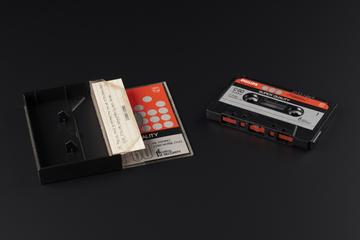
Payne, Philip
- Made:
- 2003-01-24 in Interviewee's home
draughtsman; technical assistant; engineering assistant; assistant district engineer; permanent way assistant; assisitant divisional civil engineer; divisional civil engineer; terratorial engineer; prefabricated track; curved track calculations; mileposts; relationships within department; electrification; permanent way inspectorate; track marking exercise; prize lengths; track profiles, bridge raising, reconstruction; Ordnance Survey Benchmarks; transition from steam to electric traction; ballast train working; explosives; conditions, duties; derailment; high speed junction; various projects described; commuter traffic; promotion; East Coast Main Line (ECML); improved standards, level crossings; routes described; 100 ton bogie wagons; team described; industrial relations, comparison between regions; bomb incident; challenges of new job; National Union of Railwaymen (NUR); high-speed, electrification surveys; Selby diversion, difficulties, project finance and responsibilities; first train over the diversion; value of electrification project; theft of overhead equipment; resignalling; 140 mph running; class 91; electrification; First Aid Committee, York; d.o.b. 1928-08-27, railway work 1954-1989, Northhampton Castle Station; Northampton Marshalling Yard; Peterborough; Blisworth; West Coast Mainline; Bedford; Glenford Junction; Long Buckby; Watford; Ribblehead; Preston; Settle & Carlisle; Lake Windemere; Low Gill; Clapham, Yorkshire; Lancaster & Morecambe; Doncaster; York; Shaftholme Junction; Gainsborough; Newark; Marshgate Works Depot; Bawtry; Newcastle; Monkseaton; King Edward Bridge; Leeds; British Rail (BR); London Midland Region; Crewe Alexandra Football Club; Derby School of Transport; National Coal Board (NCB); British Railways Board (BRB); Swiss Federal Railways; Eastern Region;
Details
- Category:
- Oral Histories
- Collection:
- National Archive of Railway Oral History
- Object Number:
- NAROH2003-28
- Materials:
- plastic (unidentified)
- type:
- oral history recording
- credit:
- Friends of the National Railway Museum



